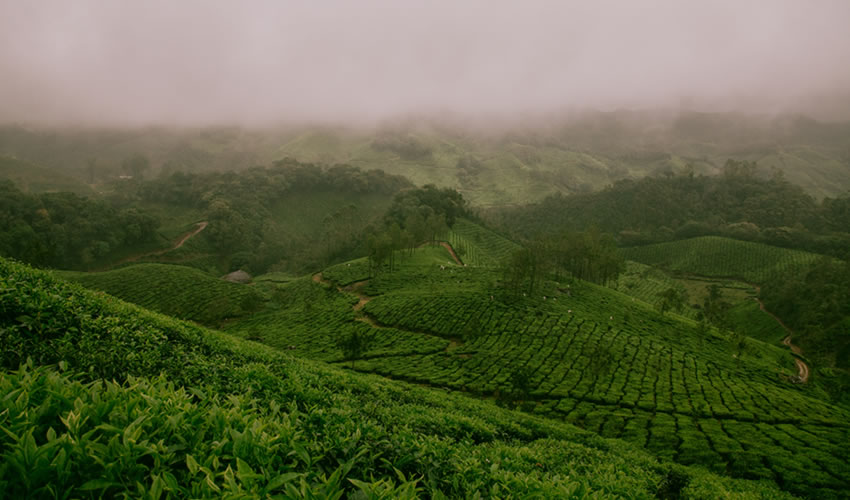The climate of Rwanda is enjoyably warm throughout the entire year, with cool evenings, in view of the height. Truth be told, the vast majority of the nation is situated on a level, around 1,500 meters (5,000 feet) above ocean level. The elevation diminishes under 1,000 meters (3,300 feet) just in the westernmost part, along the Rusizi River, which denotes the line with the Democratic Republic of the Congo, and which is subsequently the main region where it can get hot, and the temperature can once in a while reach 35 °C (95 °F).
Rwanda is a landlocked nation arranged in focal Africa. Rwanda has five volcanoes, 23 lakes and various waterways, some shaping the wellspring of the River Nile. The nation lies 75 miles south of the equator in the Tropic of Capricorn, 880 miles ‘from point A to point B west of the Indian Ocean and 1,250 miles east of the Atlantic Ocean – in a real sense in the core of Africa. Rwanda is lined by Uganda toward the north, Tanzania toward the east, Burundi toward the south and the Democratic Republic of Congo toward the west.

Precipitation goes from 1,000 to 1,400 millimeters (40 to 55 inches) each year relying upon region. There’s a dry season from June to August (with July as the driest month) and a stormy season from September to May. On nearer view, there would be two stormy seasons, brought about by the pinnacle sections of the sun, from March to May and from September to November. Notwithstanding, the abatement in precipitation from December to February is little, and it’s simply more articulated in the north, where it dips under 100 mm (4 in) each month, so we can’t as expected discuss dry season. Between the two blustery seasons, the most extraordinary is the one going from March to May, and the rainiest months are normally April and May, when precipitation arrives at 150 mm (6 in) each month, or considerably more.
The capital, Kigali, is situated at the focal point of the country, at 1,500 meters (5,000 feet) above ocean level, and gets 950 mm (37.5 in) of downpour each year, with a most extreme in April and a base from June to August, when it won’t ever rain. From December to February, the downpours are still very regular. Here is the normal precipitation. The Climate of Rwanda is conducive throughout the year.
In the east, the Akagera National Park is situated around 1,300/1,400 meters (4,200/4,600 feet) above ocean level. In the west, Lake Kivu is at 1,450 meters (4,757 feet).
In the urban areas situated at higher heights (see Nyanza, Butare, Ruhengeri), the temperatures are a piece lower, and around evening time it’s cool, while perhaps not a piece cold.
Here are the normal temperatures of Ruhengeri (or Musanze), situated in the north, 1,800 meters (5,900 feet) above ocean level, close to the Volcanoes National Park.
In Rwanda, there are additionally bumpy regions, specifically, in the north we observe the Virunga Mountains, a volcanic chain whose most noteworthy pinnacle is Mount Karisimbi, 4,507 meters (14,787 feet) high, situated in the Volcanoes National Park. Along the mountain inclines, the sky is regularly covered with mists. At center low elevations, a cloud backwoods develops, while over 3,000 meters (9,800 ft), the environment is colder, the vegetation is sparser and the timberland is supplanted by bushes, and the temperature around evening time can dip under freezing (0 °C or 32 °F). At long last, at high height, we track down a virus desert.
South of the Virunga Mountains, the entire western piece of the nation is bumpy: in the west, in the Murambi region, the most elevated tops arrive at 2,700 meters (8,900 ft), while in the south-west, in the Nyungwe Forest National Park, they arrive at 2,500 meters (8,200 ft). Over 2,000 meters (6,500 feet), it can get cold around evening time consistently. In uneven regions, precipitation is more bountiful, and showers can happen consistently. Contact us to know more about the Climate of Rwanda.
